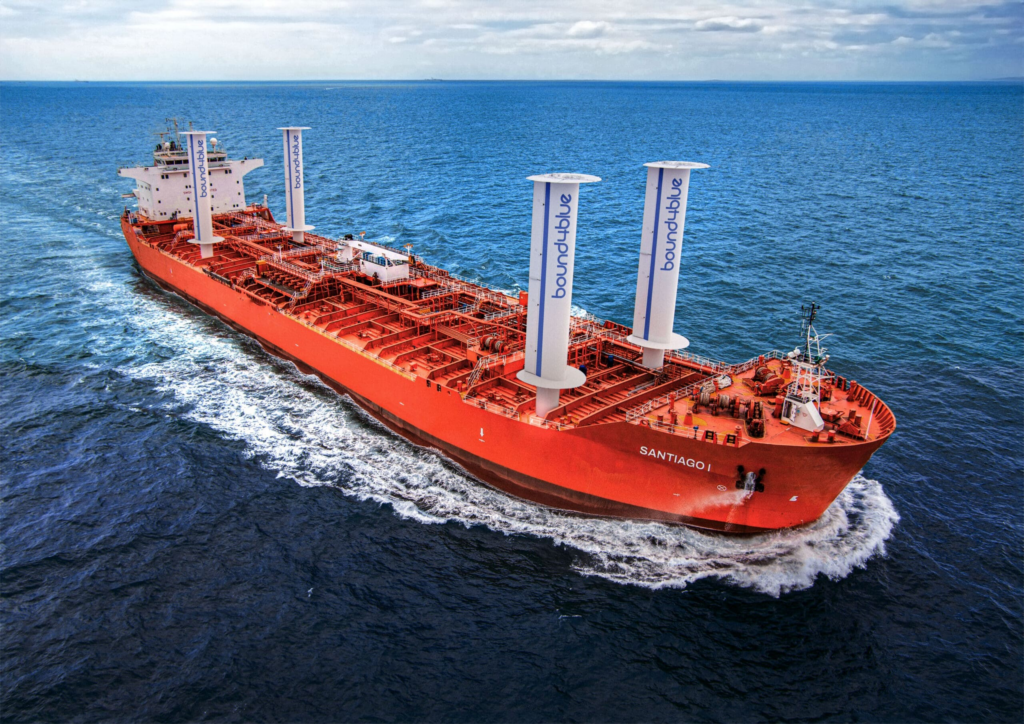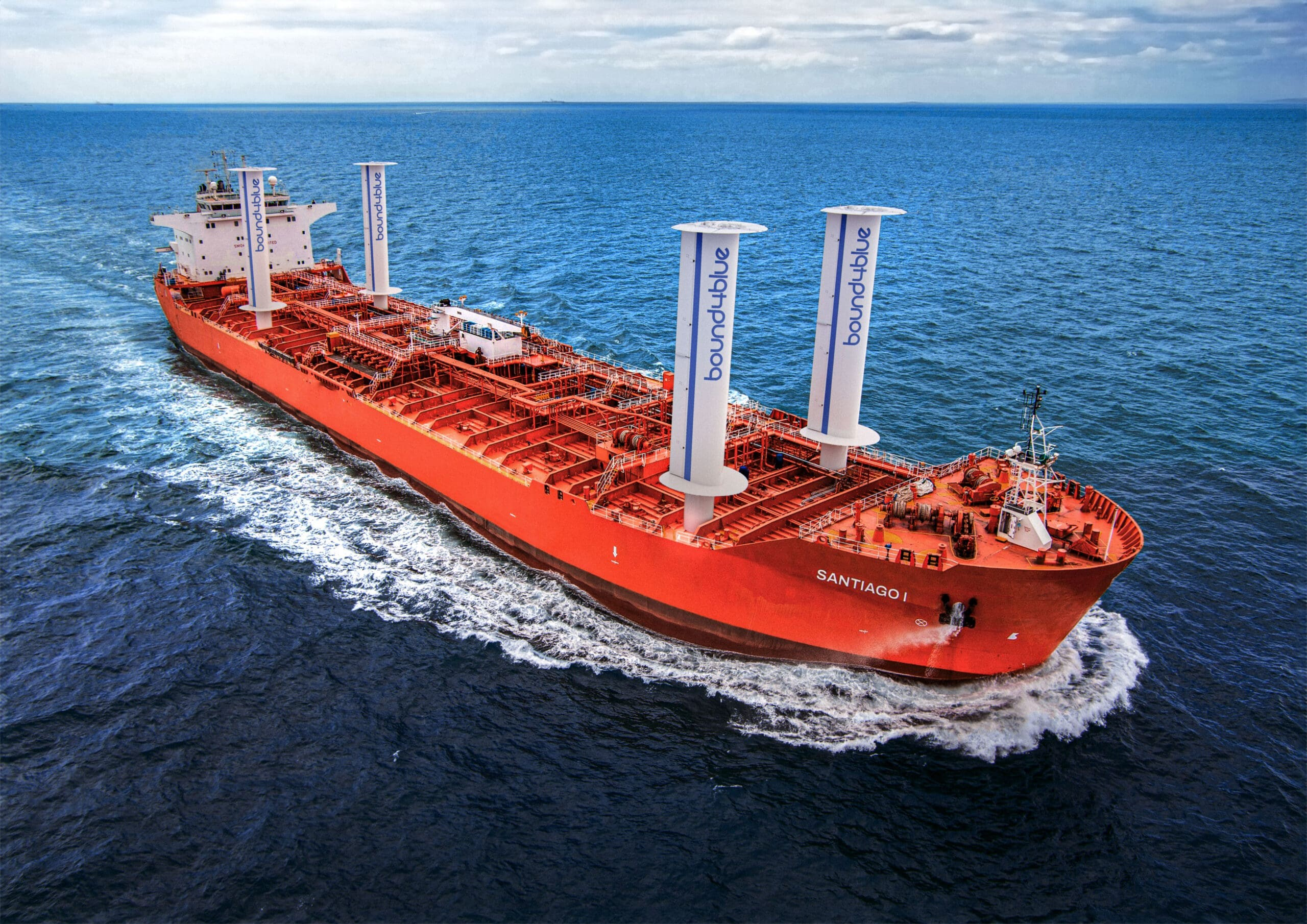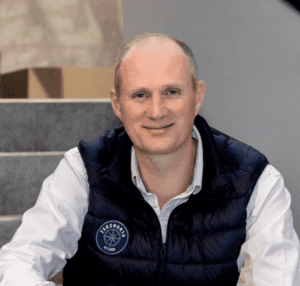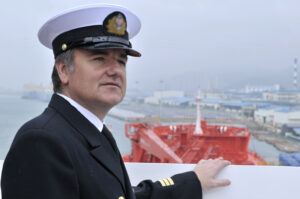
Spain’s private shipping firm Marflet Marine (Marflet) has signed a contract with automated wind-assisted propulsion systems developer bound4blue for the installation of four 22m eSAILs on the 49999-dwt oil and chemical tanker Santiago I.
The contract, with installation in mid-2025, makes Marflet the first Spanish merchant fleet owner to adopt wind propulsion with bound4blue tanker contract.
Santiago I, which operates worldwide, will have four ‘model 2’ turnkey eSAIL units fitted, with Spanish engineering specialist Cotenaval taking charge of tasks including designing the sail foundations and electrical installation.
The easy installation of the units provided a key selling point for the shipowner, as bound4blue claims, minimizing additional engineering work and limiting downtime when compared to competing emission reduction technologies.
As it is furthermore reported by the developer, the vessel should save around 10% and 15% of annual energy consumption with the reduced main engine loads, depending of course on vessel routing and operations, and according to detailed modelling.
This is another deal for the company’s fully autonomous ‘suction sail’ eSAIL technology, following his selection recently by other leading industry names including Eastern Pacific Shipping, Louis Dreyfus Company and Odfjell.
José Miguel Bermúdez, chief executive of bound4blue, said: “The wind revolution is here, and the time is now: as regulations become more stringent and stakeholders demand action to achieve environmental goals, solutions such as our eSAILs® allow owners to harness a natural, clean power source while also realizing significant commercial benefits.”
Juan Cremades, fleet manager at Marflet, noted: “With bound4blue’s eSAILs® onboard, Santiago I has a cost-effective means to optimise fuel efficiency and really drive down emissions, benefiting all our stakeholders. We see huge potential in wind, and we’re thrilled to be the first mover in the Spanish merchant market to adopt such a breakthrough solution.
“The Santiago I’s voyage will continue from here. In addition to the suction sail technology, we will now focus on additional ways to reduce underwater radiated noise and further improve both efficiency and safety with advanced weather route analysis.”



